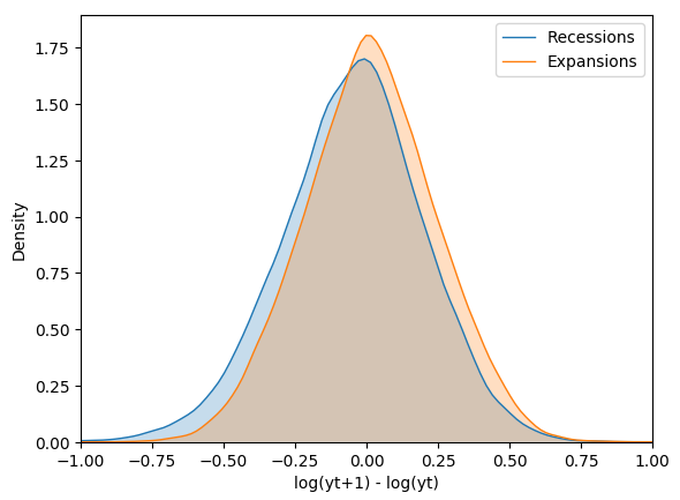This paper analyzes the determinants of labor income shocks along the business cycle. My main finding is that sorting between firms and workers is a key component of idiosyncratic risk. Labor income shocks are analyzed through the lenses of a dynamic search-and-matching model, which I estimate using US data. Because of search frictions and mismatches between firms and workers, the laissez-faire equilibrium is not necessarily optimal. My results underline that the government can tame business cycle fluctuations by designing a simple unemployment insurance scheme improving sorting between firms and workers.
Labor Income Shocks Along the Business Cycle
